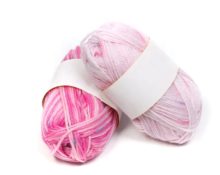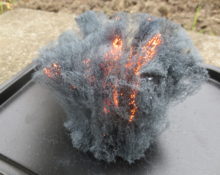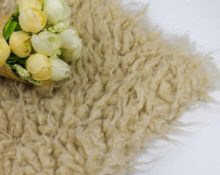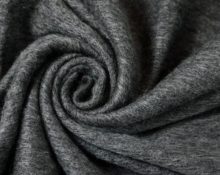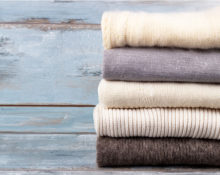Very often, when purchasing a woolen product, we doubt its 100% composition. And this is due, first of all, to the fact that wool is an expensive raw material, and a purchased sweater can cost several times lower than the usual price. Which makes you wonder whether the label indicating a natural composition is true, or whether there are some other fibers in the product besides wool.
How to recognize naturalness
Someone tries to recognize it by touch, but natural fibers and fibers mixed with synthetics are not always so easy to distinguish, even if you start squeezing or rubbing the material. It is very difficult to distinguish cashmere from a fake. The fact is that many manufacturers add synthetic threads to cashmere, which can be difficult to recognize visually.

Visual cues
But it is still possible to externally distinguish natural material from synthetics. This is especially true for cashmere. Which is often counterfeited, passing off as synthetic material, specially processed.In order to understand the composition of a scarf or sweater, you need to turn off the light in the room and touch the scarf. If sparks fly, it's synthetic.
If we look at the threads through light, then natural wool raw materials have threads that are not uniform in thickness, while synthetics have the same thickness along the entire length of the thread. Visually, synthetic fiber has numerous pellets, while a real wool sweater has virtually none.
To the touch
The next option for recognizing unadulterated wool is to touch it. After five minutes, the palm on the surface of the product will become warm and this is a sign of natural fabric. If the palm does not feel any heat, then this is evidence that the material is synthetic. Another tactile method is to rub the product with your hands. Synthetics will squeak. And natural material will never make sound.
If we take a sweater and it is heavy in weight, then this is the first sign that the product has a large percentage of synthetic additives. Natural wool threads are light in weight. Wool products very often, even with a large volume - stoles, long sweaters, are not felt on the body, as they are very light. You can check the sweater if you wear it. Non-fake material heats up immediately, but synthetic material does not.
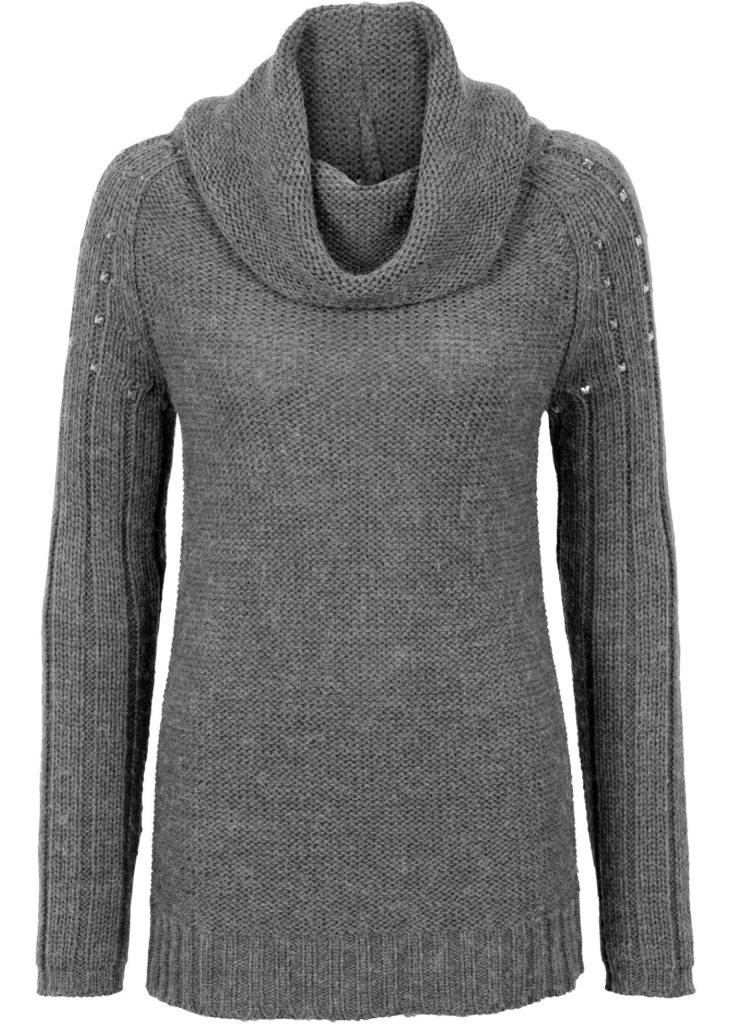
Impact
One of the most effective methods is to influence the material, which will show a reaction characteristic of wool or synthetics. The most common effect is to set a piece of thread on fire with a match. If the place melts and has a plastic smell, then this is an obvious fake, not natural yarn. When burned, natural fiber emits a faint smell of burnt hair, threads, but not plastic, and the material does not melt.
Try pressing down the sweater with your hand. A small matte mark will remain on a woolen one, while a shiny, glossy dent will form on a synthetic one. After wetting with water, you will feel the special smell of wet wool, which is also a way to determine quality.


 0
0